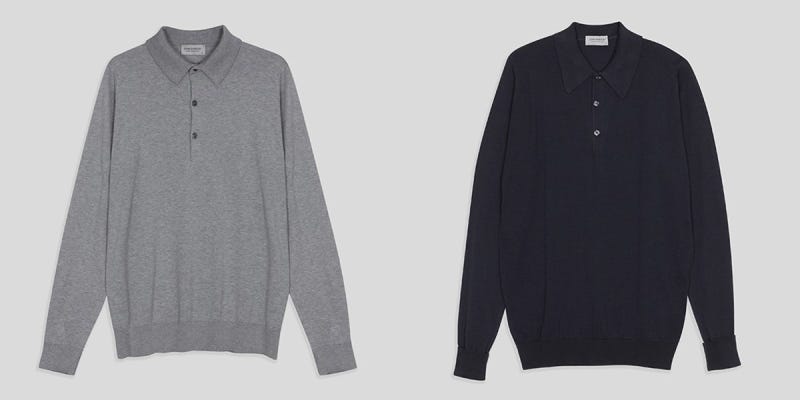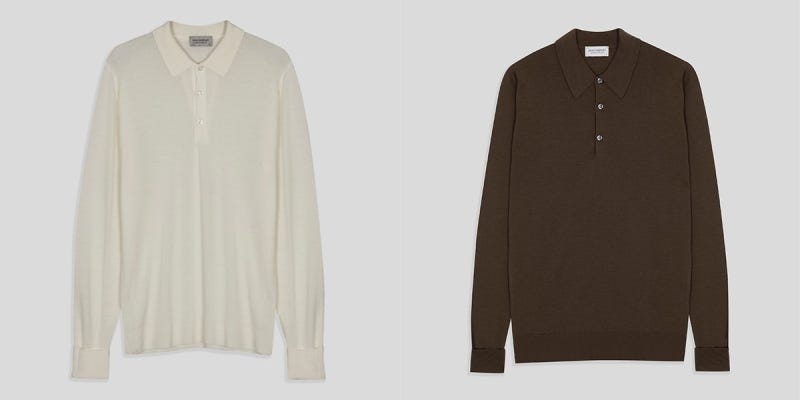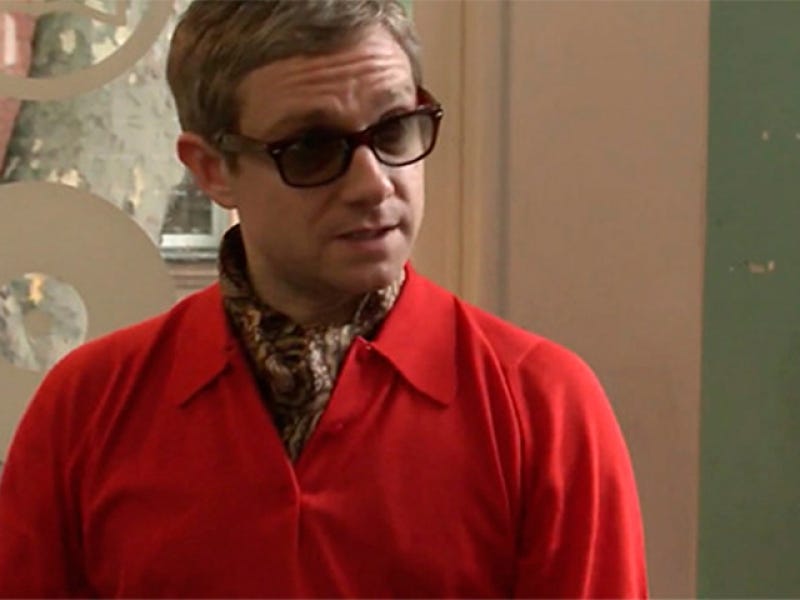Mod has been a part of British youth culture for over 60 years. It has been a key influence in fashion and music ever since the first Italian slim-fit suit was donned in Soho circa 1958.
The first recorded Mod reference is featured in the novel ‘Absolute Beginners’ by Colin MacInnes. The book was written and set in 1950s London, and it provides a fantastic insight into the world of the early Mods.
The Mods were the baby boomers of an affluent post-war Britain; they had money to spend and spent it in the best jazz clubs and on the finest Italian slim-fit suits. The term ‘Modernist’ derives from ‘Modern Jazz', the music of choice for the early Mod. The new brands of music and clothing available were representative of a changing Britain, influenced by post-war immigration, particularly from the Caribbean.


The way that Mods dressed was about more than just looking smart. They wanted to distance themselves from the way that their parents lived, and this was symbolised in the way they dressed. There were (and still are) certain connotations associated with being a mod; a mod’s clothing is often a uniform for their societal beliefs. Anyone can become a Mod, regardless of race or social class.
In the late 50s, ‘Teddy Boys’ was the iconic subculture, and it looked to America for its influence. Teddy Boys wore bootlace ties, long jackets, and black creepers. Their music of choice was rock & roll; they rode motorcycles and had greased quiffs. Mods wanted to move away from this look and looked to Europe for inspiration. Mods wore slim-fit suits and rode Vespa and Lambretta scooters. Mods vs. Rockers was born.


By 1963, Mods were no longer a cult group from Soho; it was a nationwide subculture. Mods met in all-night cafés and danced in jazz clubs, where the Mod style evolved further. Although slim-fitting suits looked the part, they weren’t always practical. A more casual look was created that didn’t require a tie—the iconic parka jacket was worn with a long-sleeved polo shirt and tailored trousers or jeans.
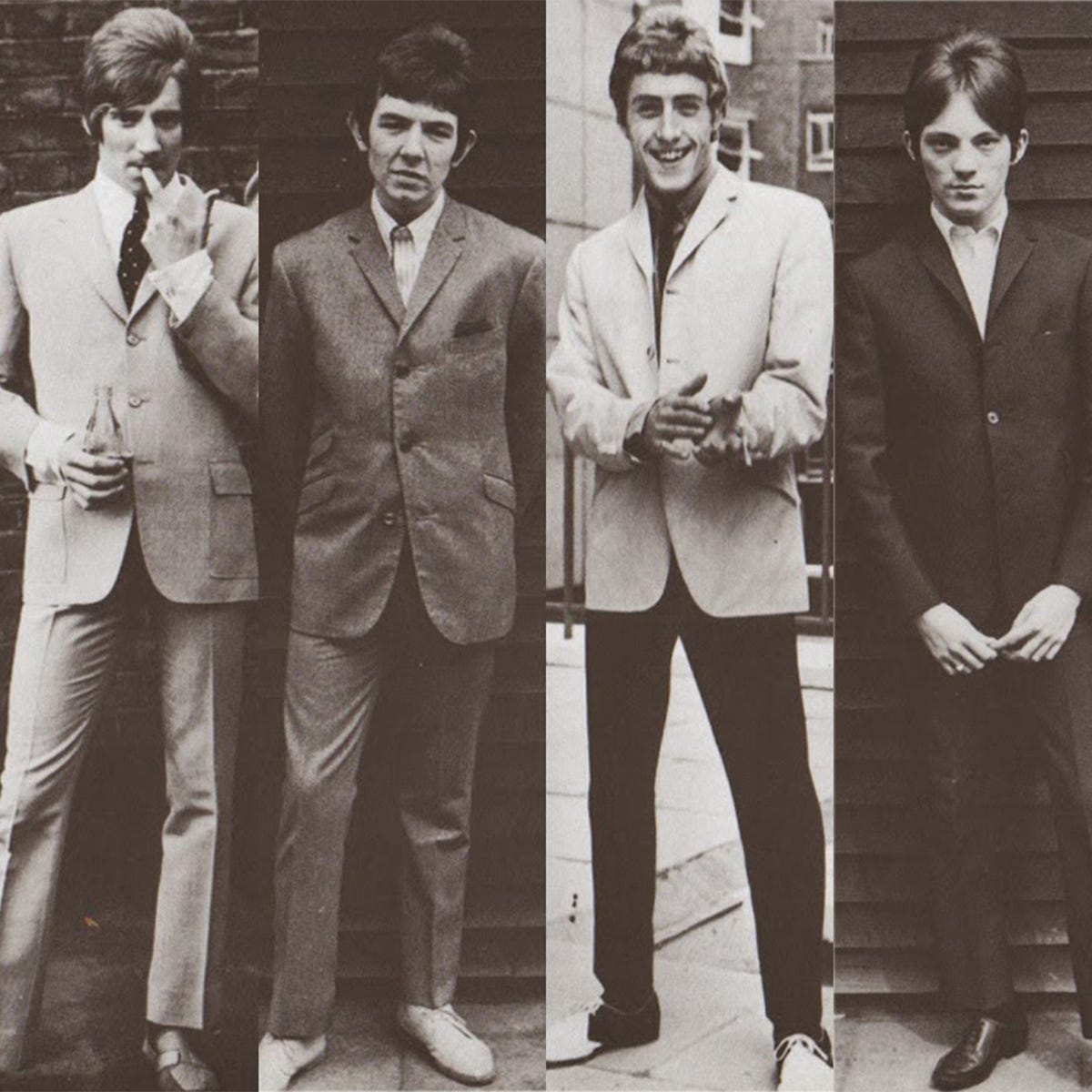

Early Mods didn’t like wearing logos on their clothes as they thought that off-the-peg clothes represented an off-the-peg lifestyle which they were trying to distance themselves from, so they chose not to wear polo shirts that featured a logo.
The Mods’ attention to detail and eye for classic design meant that John Smedley became a favourite among the subculture. A relationship that has stood the test of time.
Throughout the Mod movement the main influences have been music and fashion (closely followed by smart haircuts) - when the two go together a culture is created. Each play an equally important role in what makes a Mod, a Mod.
Initially it was music that paved the way for the Mods, but as the movement grew and image became more important, it was the Mod look and the subculture itself that led the charge for bands, the prime example being The Jam.
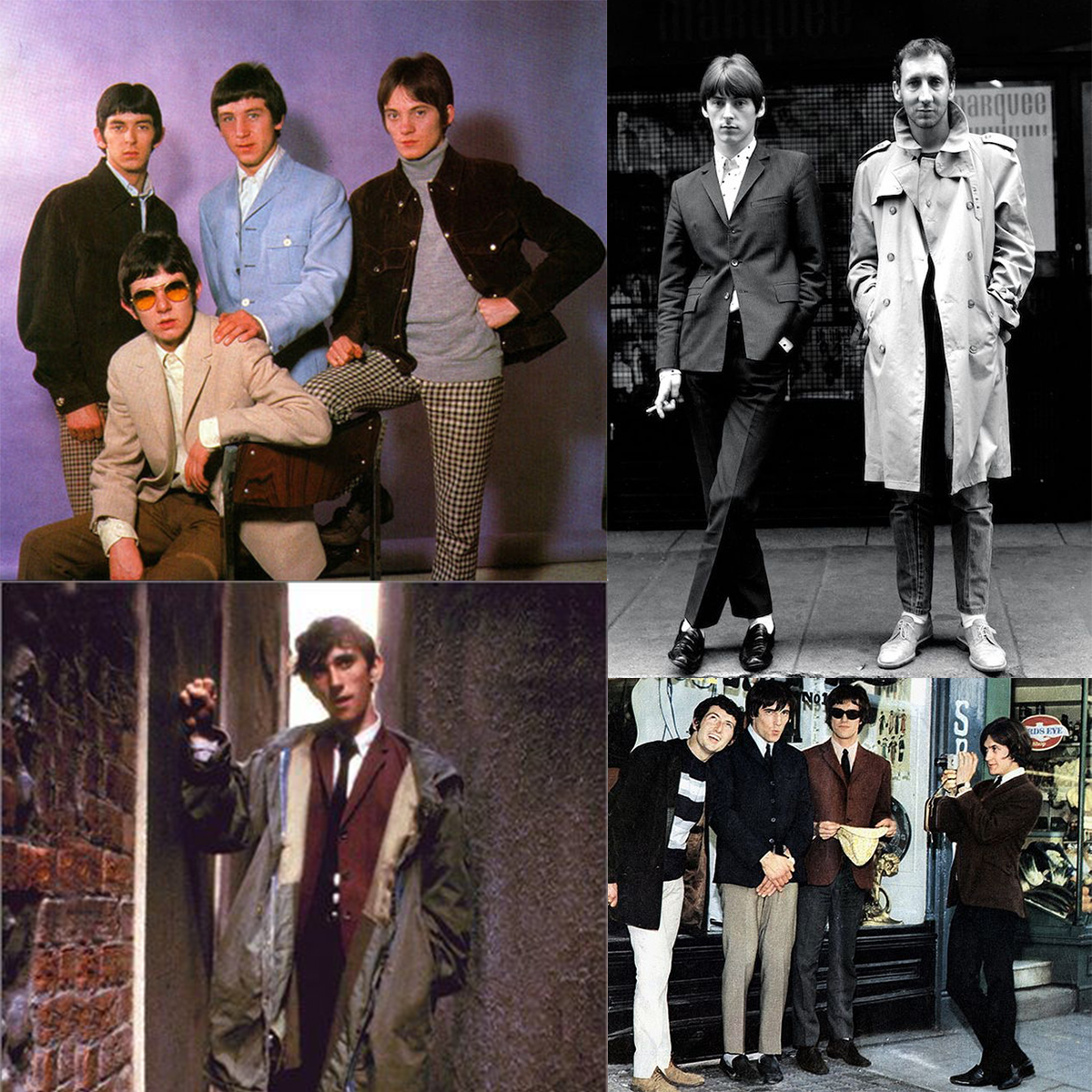

Examples of artists influenced by the Mod subculture are: The Action, The Who, The Rolling Stones, Rod Stewart, Small Faces, The Kinks, The Beatles, David Bowie, Marc Bolan, The Specials, The Jam/Paul Weller, Oasis, Blur, The Libertines, Amy Winehouse, Miles Kane, and Jake Bugg.
During the early 1970s Mod culture’s popularity dwindled, due to the ‘Hippie’ movement.
In the late 70s there was a growing feeling amongst teenagers in Britain that they’d had enough of floral shirts and peace signs and the ‘Punk’ movement didn’t resonate with them either.
This was the soundtrack to the Mod revival and The Jam (particularly Paul Weller) were the new Mod icons; unsurprisingly, John Smedley became the shirt of choice for the second wave of Mods. In 1979, The Who’s film label released Quadrophenia, which capitalised on the reinstated popularity of Mod culture in Britain, elevating it, once again, to the most influential subculture in Britain.


Whenever a generation finds itself in disarray with the current fashions and subcultures that they cannot relate to, they revert back to a classic Mod look.
Northern Soul, Soulboy, Skinheads, (Football) Casuals and Rave are all examples of some popular subcultures that were created from the influence of Mod.
However, in 1977 Mod culture was brought back to the British youth. A 19-year-old Paul Weller, from Woking, put on a slim-fit suit and decided to sing Mod back on to the radio and back into the wardrobes of the British youth.
‘In the City’ was released by The Jam on 20th May 1977, reaching number 20 in the charts. Which, in true mod tradition, wasn’t popular enough to make it mainstream, but was important enough to be noticed.
In the 1990s the Mod scene crashed back into the public eye yet again. This time with the eruption of Noel Gallagher’s Rickenbacker and Liam Gallagher’s town crier-esque vocals.
Purist Mods would argue that the Britpop style was not classic enough to be considered truly Mod; they would consider it to be an evolution of the Football Casual scene, which itself derives from Mod. Although the Britpop icons; the Gallagher brothers and Damon Albarn & co didn’t adopt a textbook look lifted straight from Carnaby Street their bravado and attitude was distinctly Mod.
Oasis were one of the most important and relevant British band since The Beatles, using the way they dressed and carried themselves as a way to connect with their fans. A new Modernist army uniformed in parkas and long sideburns was born. Although both Oasis and Blur can’t be pigeonholed as Mod; both were clearly influenced by Mod culture and crafted their own take on it; Phil Daniels from Quadrophenia even made a cameo appearance in Blur’s ‘Parklife’ video.
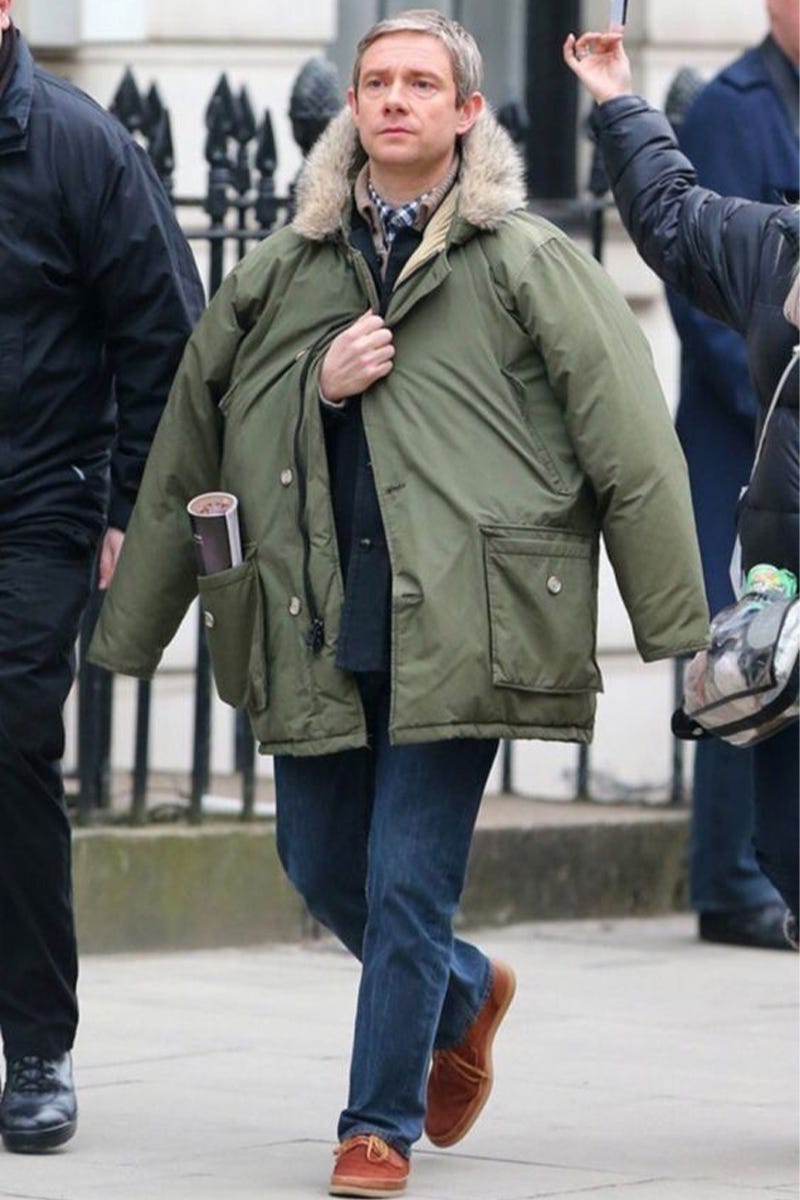

Today, the influence of Mod can be seen throughout the world of fashion. If you walk down any high street in Britain, you are almost guaranteed to see items of clothing that were introduced by the Mod Revolution.
Long-sleeved polo shirts (such as John Smedley styles Bradwell, Cotswold, Dorset, and Finchley), parkas, Harrington jackets, desert boots, and Chelsea boots are all staple pieces of modern wardrobes.
Today, the Mod mantel is carried by celebrities such as Martin Freeman, Miles Kane, Jamie Bell, and Bradley Wiggins.
“I don't wanna be the same as everybody else. That's why I became a Mod, see? I mean, you gotta be somebody, ain't ya?”
Jimmy Cooper, Quadrophenia
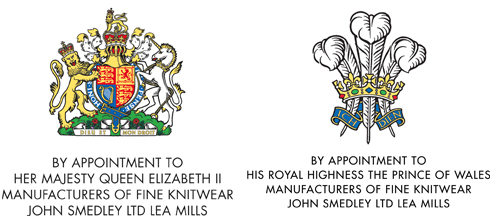



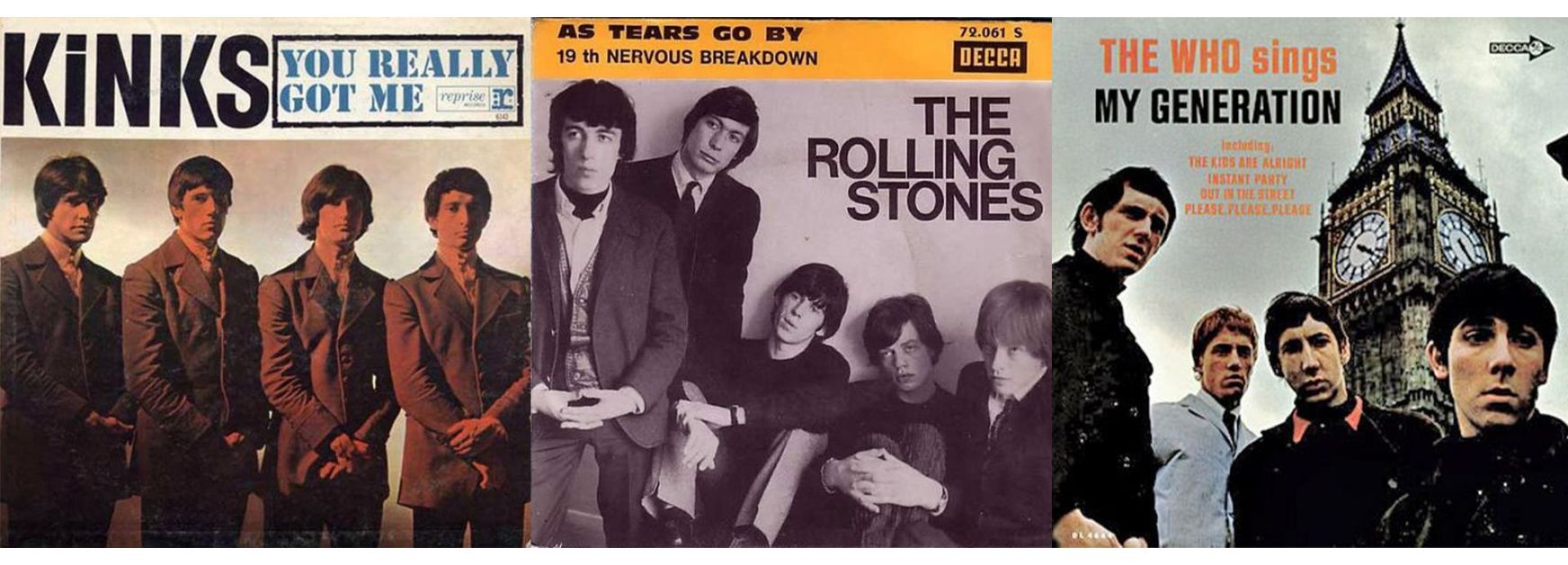
.png)
.png)
